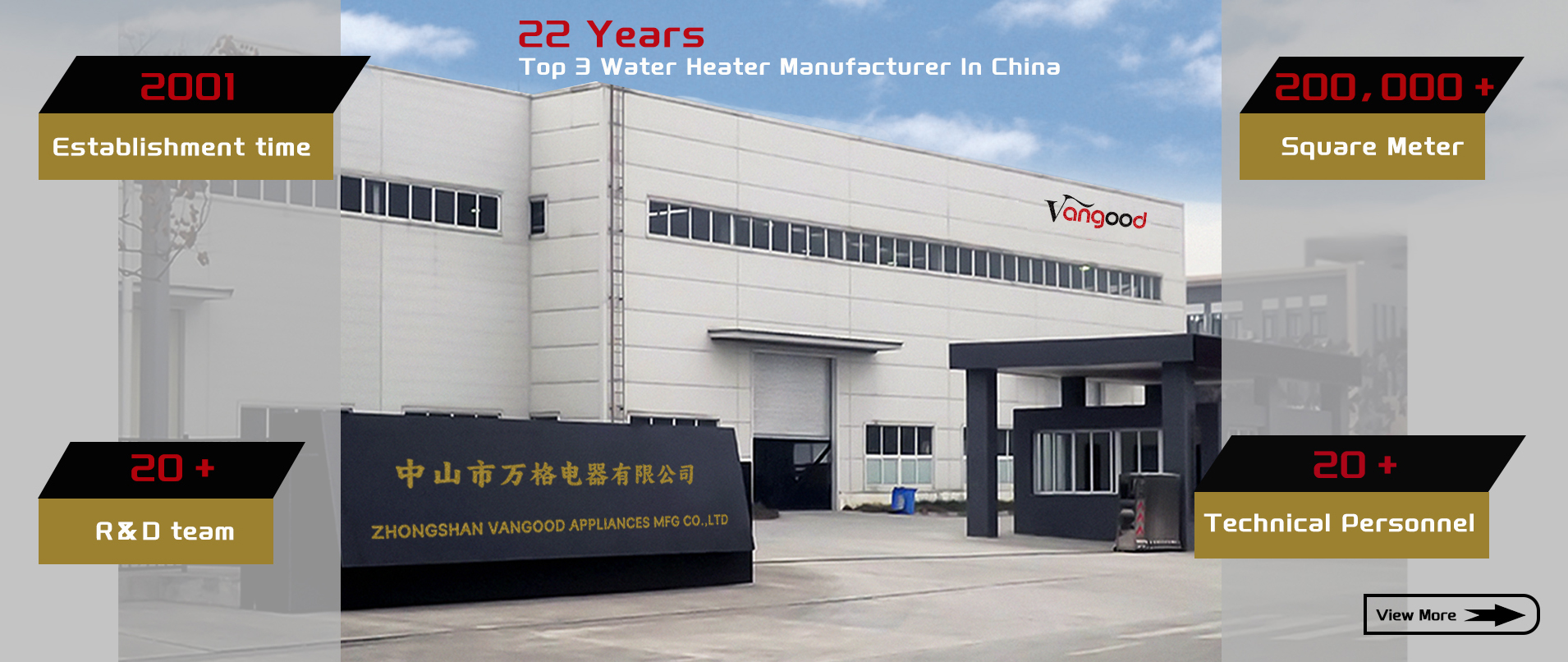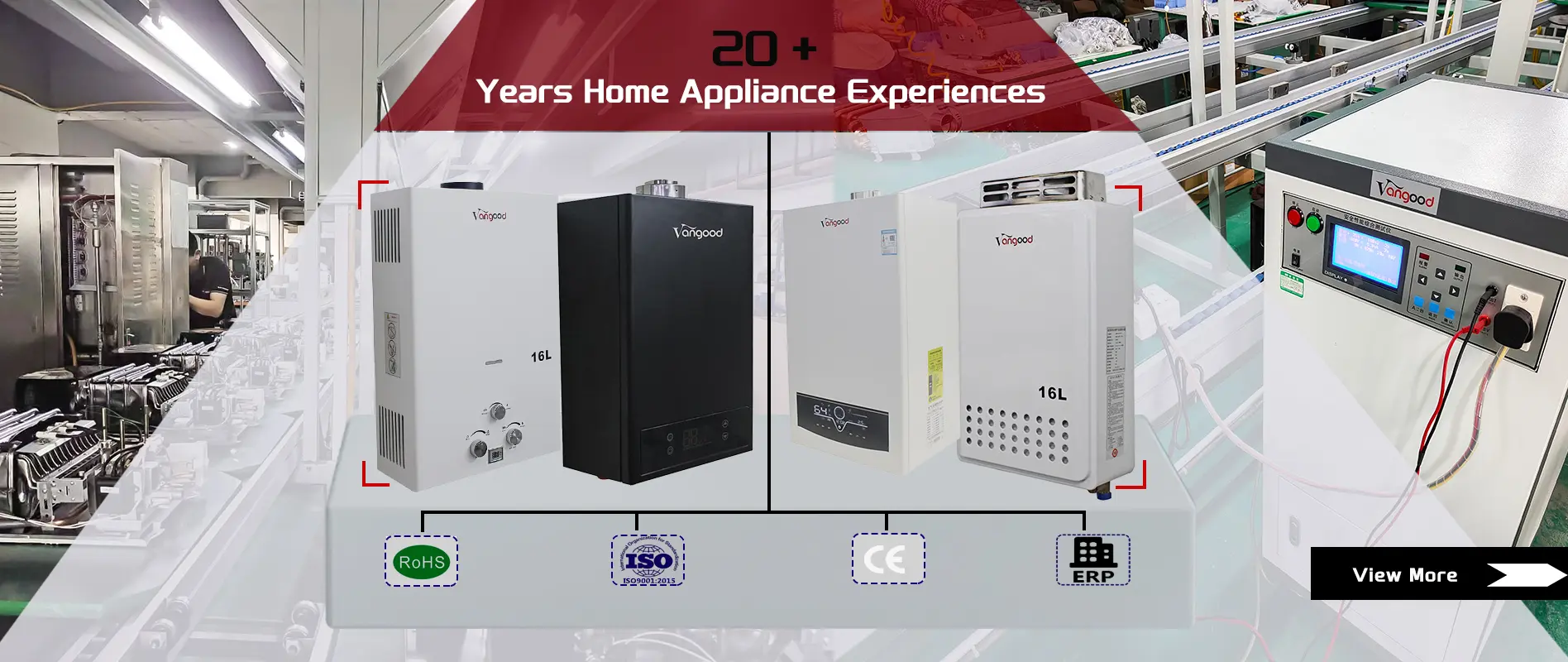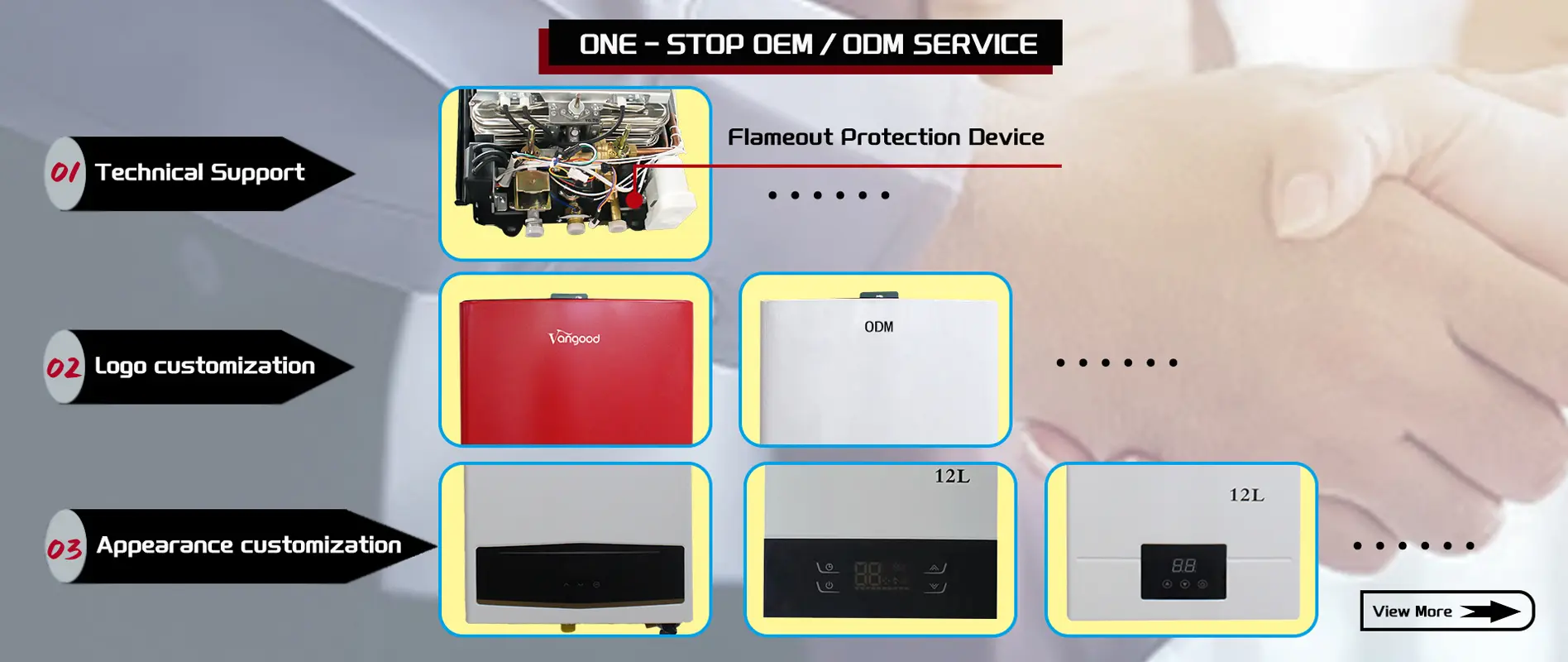Whatsapp:(+86)18064615886
In the hot summer, a comfortable water heater can not only wash away the sweltering heat, but also make people very refreshed. Therefore, like this hot summer, the sales of water heater products are also booming.
The gas water heater with fast water output and unlimited water output is the first choice of many friends when purchasing a water heater. The purchase of a gas water heater seems simple, but there are many details that are easily overlooked. As a professional manufacturer of gas hot water heaters, Vangood will list a few points for you to check.
Gas source selection:
When purchasing a gas water heater, you must first determine the type of gas used in your home. Since some gas water heaters can only be used for one gas source, you must first confirm the gas source before purchasing.
The first type is artificial gas, which is usually transported through pipelines. It is refined from coal and its main components are hydrogen, methane and carbon monoxide. For the sake of safety, a kind of odor is added to the artificial gas so that people can find it when it leaks.
The second type is natural gas, which is usually transported by pipelines. It is a naturally occurring flammable gas hidden in the earth. It has three colors and three flavors. The main component is methane, and it also adds a special smell when it is sent to the user.
The third type is liquefied petroleum gas, which is generally bottled. It is a product in the process of petroleum refining. It becomes liquid under normal temperature under certain pressure. Its main components are propane and butane.
In addition to the above three types, there are water gas, mine gas, biogas and liquefied petroleum gas mixed with air, etc. The supply of these gases is relatively small.
Each gas water heater is only suitable for one kind of gas, but not for all kinds of gas. This is because the composition, gas supply pressure and performance of various gases are different. The design of the water heater is calculated based on a certain gas type, composition, pressure, etc. Therefore, different gases have different burner shapes, nozzle sizes, and gas channel cross-sectional areas, so each instant hot water heater is only suitable for one type of gas. , It is not universal for different gases. Just like a 36V bulb cannot be used on 220V.
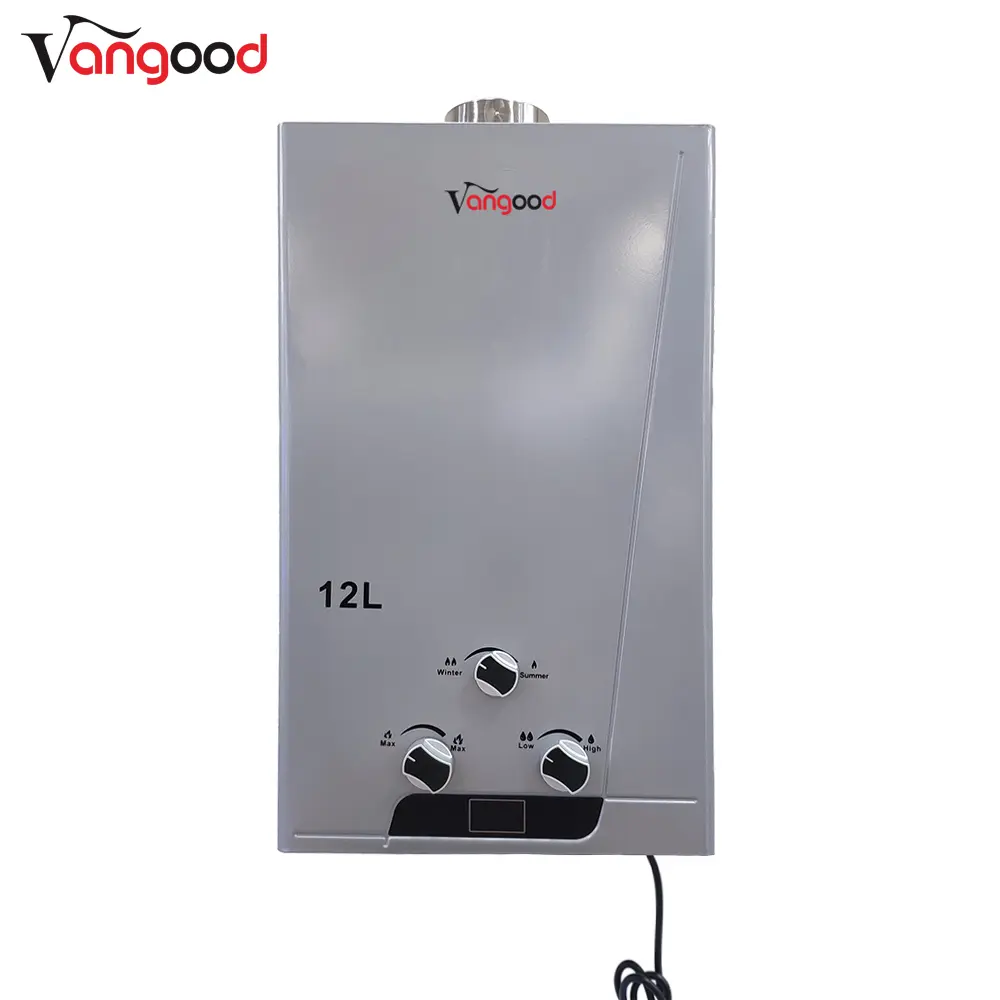
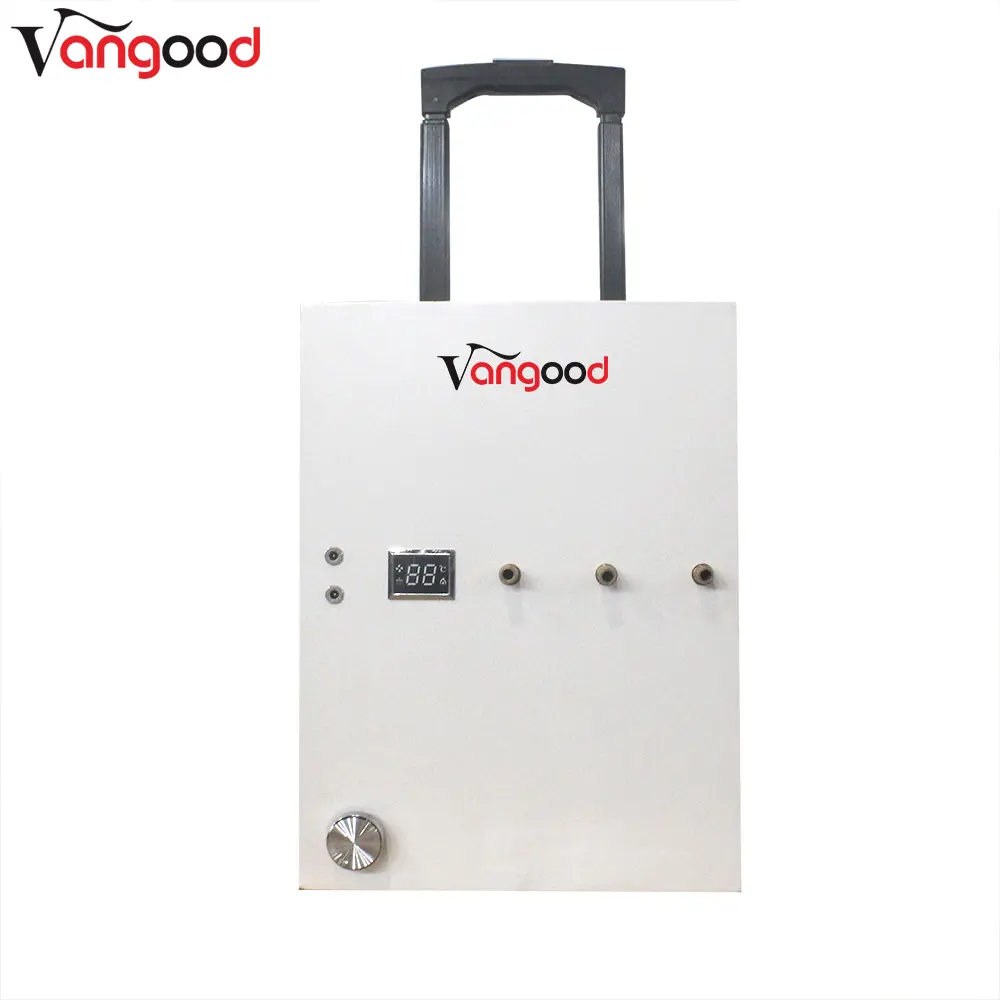
The choice of liters:
Secondly, we need to know the liters of the water heater. Generally, the liters of 8 liters, 10 liters or more than 10 liters referred to by the water heater refer to the output per minute when the water inlet temperature and the outlet water temperature rise by 25°C after the water is heated by the water heater. Referring to water volume, is the bigger the number of liters, the better? This mainly depends on your needs. Generally, 8 liters to 10 liters of shower are enough. If you need to take a surf bath or soak in a bathtub, you should choose more than 10 liters.
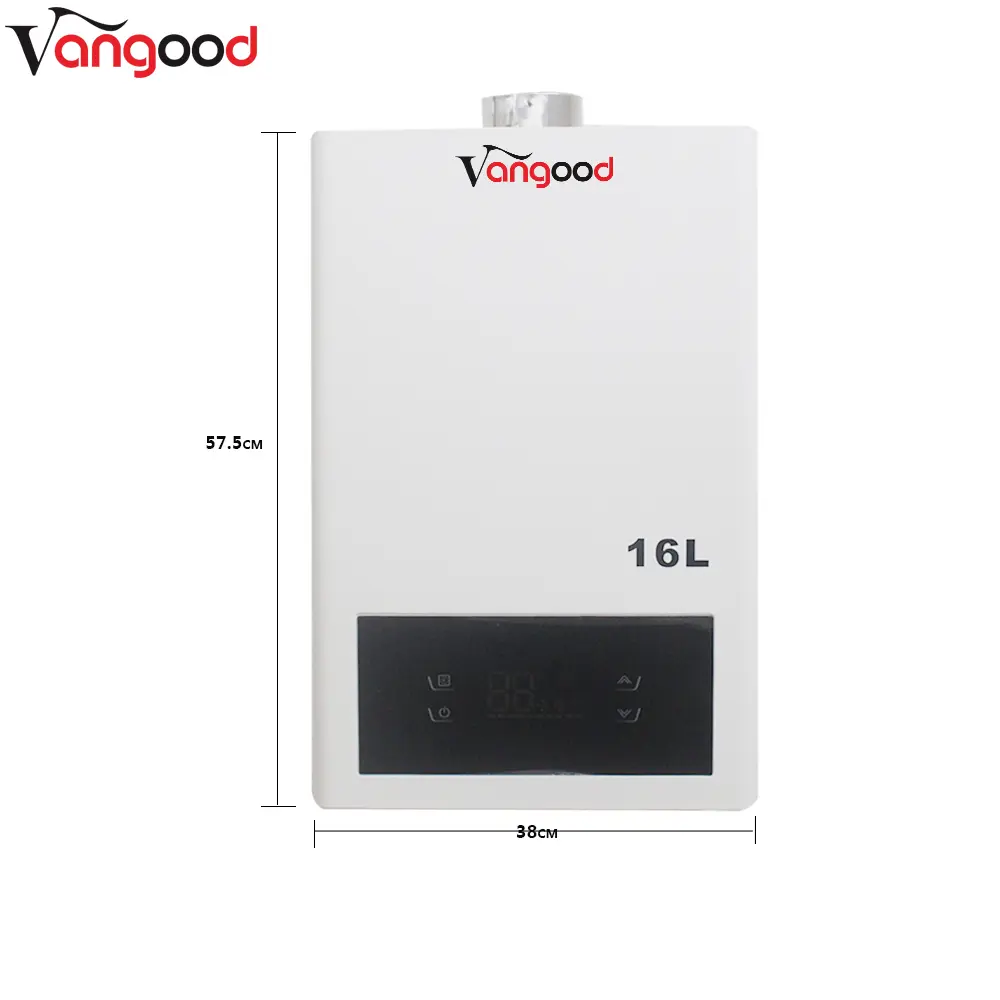
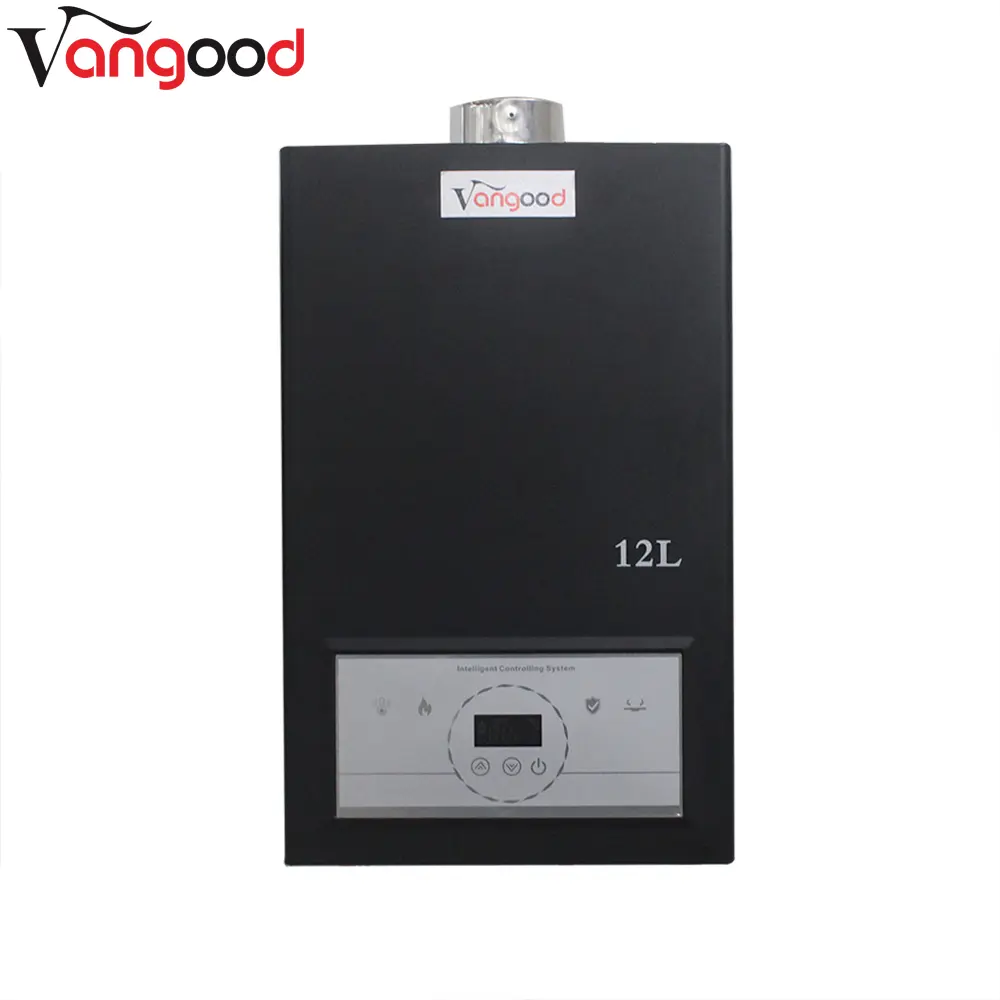
Type selection:
The appearance of gas water heaters does not seem to be much different, but they are also different. At present, gas water heaters in the market include flue type, balanced type, and forced exhaust.
The flue-type water heater is an improvement of the direct-exhaust water heater. An anti-fall exhaust hood and a smoke exhaust system are added to the upper part of the original in-line structure. Its working principle is: cold water enters the cold water inlet of the water heater, enters the heat exchanger after passing through the filter and the water-gas linkage valve assembly, and the heated hot water is output from the hot water outlet. The gas enters the gas inlet of the water heater, flows through the filter, the gas regulator, the solenoid valve, the gas volume adjustment valve, the gas valve in the water-gas linkage valve assembly, the gas collecting pipe, and the gas nozzle into the burner. In the burner, the mixture of gas and air is ignited at the fire hole to form a stable flame, which is completely burned in the combustion chamber. After the high-temperature flue gas flows through the heat exchanger for heat exchange, it enters the anti-downdraft exhaust hood, mixes with cold air, and then is discharged into the atmosphere from the exhaust port.
The main feature of the flue-type water heater is that the combustion flue gas is discharged to the outside through the flue, which solves the problem of indoor air pollution to a certain extent. The flue-type water heater has mature technology and low price. At present, there are a large number of users in our country, and there will still be certain market opportunities in the future. However, because the combustion air required by this type of water heater is still taken from the room, the combustion intensity is low, the volume of the water heater is large, and there are problems in installation and use, so there are still many safety hazards in this type of gas water heater. Therefore, from the perspective of ensuring user safety and environmental protection, flue-type water heaters will gradually withdraw from the market in the future.
Forced exhaust gas water heater
The main cause of gas water heater (forced discharge) safety accidents is indoor air pollution. To avoid CO poisoning accidents in the flue gas, the fundamental measure is to discharge the flue gas outside to keep the indoor air clean and hygienic. The forced exhaust water heater adopts forced exhaust or forced blast to discharge the combustion smoke outside. The flue-type water heater uses a natural smoke exhaust method to exhaust the smoke to the outside. In terms of safety, it is better than the direct exhaust type water heater. However, flue-type water heaters have very high requirements on the installation conditions of the flue, and it is difficult to be satisfied with apartment-style houses in general cities. The safety performance of the forced water heater is more perfect, and the installation is relatively simple. There are two typical structures of forced exhaust water heaters: exhaust type and blast type.
The forced discharge water heater has greatly improved the safety performance compared with the flue type water heater. But there are still some weaknesses. First, the air required for combustion is still taken indoors. Second, the air volume of the water heater cannot be adjusted with the change of the heat load, so that the air volume under low load is relatively large, and the thermal efficiency of the water heater is low. The minimum load is also significantly higher. Forced supply and exhaust gas water heaters (also known as forced discharge balanced water heaters) overcome the above-mentioned weaknesses, and are high-performance water heaters with good safety, perfect functions and convenient use. This kind of water heater is generally recognized in developed countries, and the effect is satisfactory.
The water supply and heating system of the forced exhaust water heater is the same as that of the blast type forced exhaust water heater, but the smoke exhaust combustion system is obviously different. The cold water introduced by the tap water pipe flows through the filter, and the water flow sensing valve enters the heat exchanger, and becomes hot water after being heated by the heat exchanger. After the gas enters the water heater, it enters the burner after passing through the double solenoid valve and the flow regulating valve. The air required for combustion is forcibly sucked in from the outside by the blower. The gas-air mixture is ignited at the burner's flame hole to form a stable flame. After being cooled by the heat exchanger, the high-temperature flue gas is exhausted from the exhaust pipe to the outside. Compared with the forced exhaust water heater, there are two remarkable structural features: one is the closed combustion system, and the other is the use of sleeve-type air supply and exhaust pipes. The shell of the water heater is airtight, and the air required for combustion enters from the outdoor air suction port, enters the airtight water heater shell through the air suction pipe, and is sent into the airtight combustion chamber by the blower, and the smoke is forced to be discharged outside through the smoke exhaust pipe.
Because the shell of the water heater is airtight, the combustion system (including air supply, combustion, heat exchange, and smoke exhaust) realizes the complete isolation of the operation of the water heater from the indoor air, and the harmful gases in the flue gas of the water heater will never pollute the indoor air. It ensures the safe and reliable operation of the water heater. The forced air supply and exhaust water heater completely eliminates CO poisoning and fatal accidents in the flue gas from a functional point of view. The problem of CO poisoning in the flue gas that has plagued water heaters for a long time has really been satisfactorily resolved.
Condensing gas water heater
The significance of developing high-efficiency and energy-saving civil gas appliances has increased from simply saving expenditures for users to realizing the sustainable development of the national economy. The main structural difference between the condensing gas water heater and the general gas water heater is the difference in the heat exchanger. In order to fully absorb the heat of high-temperature flue gas and facilitate the collection of condensed water, condensing gas water heaters generally adopt a secondary heat exchange method. According to the structural characteristics of the whole machine, a condensing heat exchanger can be installed above it, a sensible heat exchanger can be installed below it, and a condensed water collector can be installed between the two. The high-temperature flue gas enters the sensible heat exchanger and the condensation heat exchanger sequentially from bottom to top. After the heat exchanger absorbs sensible heat and latent heat, the flue gas temperature drops to normal temperature and is discharged from the upper flue. In order to safely and reliably discharge low-temperature flue gas, the condensing gas water heater adopts a forced smoke exhaust method to discharge the flue gas. Ordinary water heaters do not consider the use of latent heat of flue gas. The temperature of exhaust gas must be higher than the dew point of flue gas to avoid condensation of water vapor in flue gas. Therefore, ordinary gas water heaters cannot use the latent heat of water vapor. On the contrary, the condensing gas amplifier hopes that the water vapor in the flue gas will condense as much as possible to obtain more heat of condensation. The lower the exhaust gas temperature, the more condensed water in the flue gas, the greater the latent heat and sensible heat absorbed by the heated water, and the better the energy saving effect.
The reason why the condensing gas water heater can save gas and energy is entirely due to the use of the heat lost by the general water heater as exhaust gas, turning the exhaust heat loss into useful heat. Energy saving effect of water heater. Condensing gas water heaters can save energy by more than 10% compared with ordinary gas water heaters.
ZHONGSHAN VANGOOD APPLIANCES MFG CO.,LTD
Post time: Nov-28-2023
